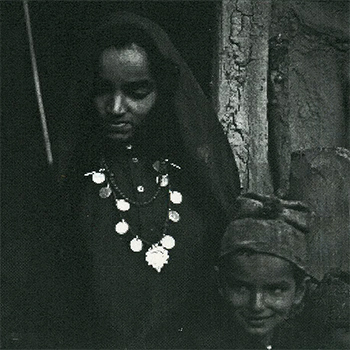The idea of doing a project on Gujjars came to me not very recently. It was some six years ago when I first had a little closer look at the tribe, though at the time I should confess that I didn’t have any soft corners for the tribe. The tribe appeared to be violent and withdrawn. This relates to my past experience, when I wanted to take some pictures of the tribesmen and they stopped me from doing so. They also asked me to tear off the sketches I had done, reasoning that it was against their religion to do so. But this time the story was quite different. Probably the first time I went to a Gujjar Dera was like tourist, someone looking at somebody’s life-style from a distance, which of course never works. In the beginning of the project, I didn’t know how or where to begin. I started by looking for ways in which I could go and stay with Gujjars. Of course, anybody who heard of my plans laughed at me, since it was not considered easy to stay in a deep forest with people totally unknown, especially during the winter. The place where the Gujjars were to be found was in the deep forests of the Shivalik hills on the Dehradun-Sahranpur border. The village nearest was Mohund, and the city nearest was Dehradun, some 30 kilometres away. from the beginning of the forest. I did have no doubt problems, but believe me it is just a question of accepting the hugeness of something, which nature is, and getting in harmony with it. The nature was in its most untouched form, when the jungle has its own rules.
